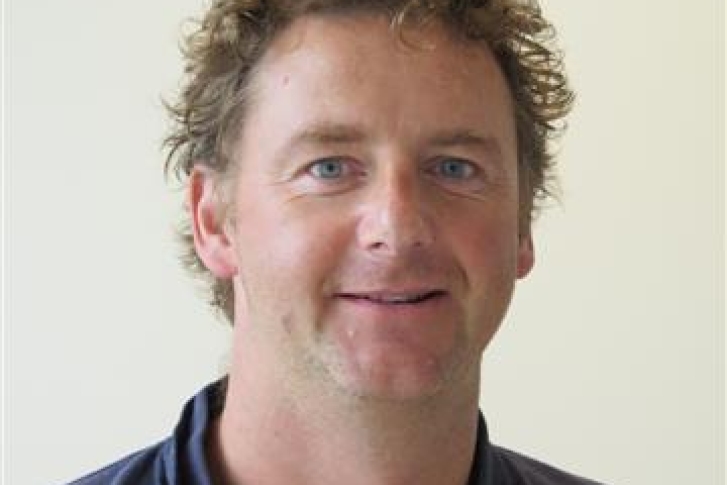Algae can be classified into two categories: the larger and multicellular macroalgae (seaweed), and the smaller and unicellular microalgae (phytoplankton).
They both harvests nutrients directly from the seawater and rely on sunlight to produce energy through photosynthesis. In New Zealand, there are over 1000 species of seaweed and many are still undescribed.
Why farm algae?
NIWA is particularly interested in building its expertise and resource, while developing national and international collaborations with other teams and organisations who will be key to future initiatives and partnerships. Opportunities in aquaculture at the Northland Aquaculture Centre include using algae to absorb nutrients derived from land-based fish farming and growing red algae for methane-reduction studies in ruminants.
Overall, there is increasing interest to study the roles of macroalgae and microalgae in ecosystems, and potential to provide solutions for a range of global issues. These include:
- Aquaculture and stock feeds
- Reducing ruminant methane emissions
- Climate change interventions (e.g. reduction in ocean acidification, carbon capture)
- Conservation and bioremediation
- Pharmaceutical, nutraceutical and cosmeceutical products, including polysaccharide products (e.g. agar, carrageenan, alginate)
- Biomaterials (e.g. fabrics, plastic replacements, bandaging, bone matrices)
- Growth and harvest of sea vegetables
- Biofuels
How are algae farmed?
The team at the Northland Aquaculture Centre collects, stores and grows algae in culture tanks located on land. Wild-caught algae and captive clones are both studied at different life stages and using different production system approaches to maximise tank, pond or sea-based production. NIWA is investigating bio-reactor design for intensive production and line attachment for on-growing in the marine environment.
How is NIWA research helping sustainable algae production?
The team at the Northland Aquaculture Centre is investigating the effects of light intensity, photoperiod, temperature and nutrient type and availability on the growth, biochemical and physical properties of the algae. These parameters can be used to optimise intensive production or chose the best sites for marine based production.



